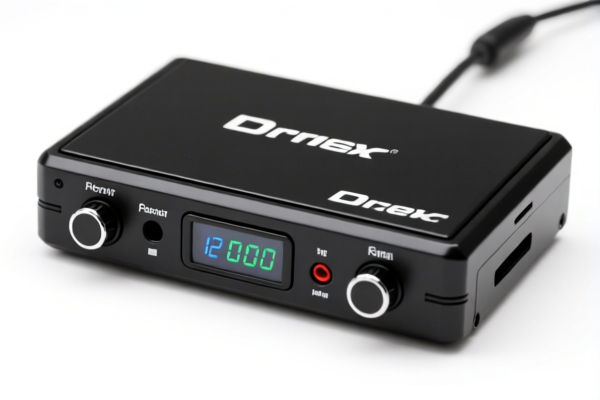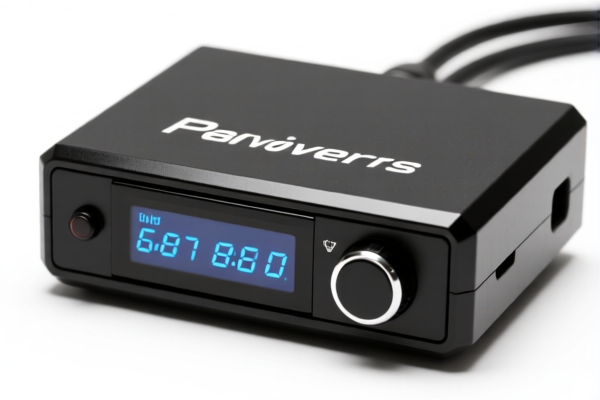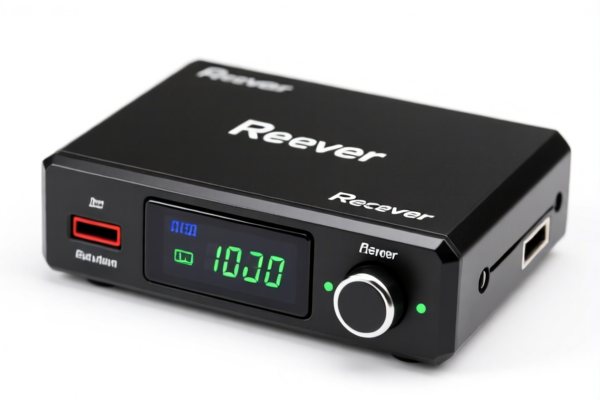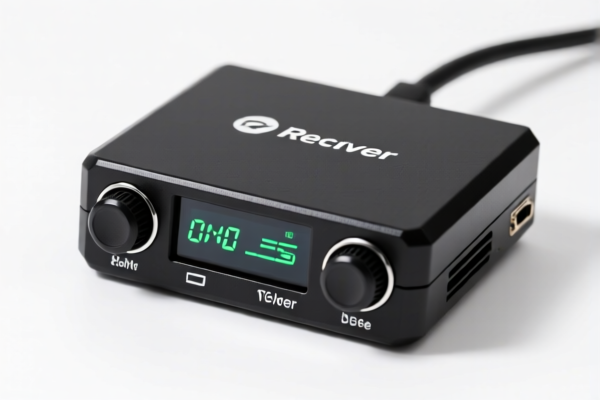| HS Code | Official Doc | Tariff Rate | Origin | Destination | Effective Date |
|---|---|---|---|---|---|
| 8527195025 | Doc | 30.0% | CN | US | 2025-05-12 |




Okay, let's break down the classification and tax implications for your declared item: RADIO RECEIVER with HS Code 8527.19.50.25. I'll provide a detailed analysis to help you understand the process.
1. HS Code Breakdown (8527.19.50.25):
- 85: Electrical machinery and equipment; parts thereof. This chapter broadly covers a wide range of electrical devices.
- 27: Reception apparatus for radiobroadcasting or television, whether or not combined, in the same housing, with sound recording or reproducing apparatus or a clock. This narrows it down to radio and television receivers.
- 19: Reception apparatus for radiobroadcasting capable of operating without an external source of power (battery, solar, etc.). This specifies portable/battery-operated radio receivers.
- 50: Other. This further specifies a subcategory within portable radios.
- 25: Other. This is a very specific classification, likely covering radios that don't fit into more defined categories within 8527.19.50.
In essence, HS Code 8527.19.50.25 is for portable radio receivers (battery-operated or similar) that don't fall into other more specific classifications.
2. Tax Details:
- Basic Tariff: 0.0% - Currently, there is no basic import tariff on this item.
- Additional Tariff: 0.0% - There is currently no additional tariff applied.
- Additional Tariff (After April 2, 2025): 30% - Important: As of April 2, 2025, an additional tariff of 30% will be applied to this item. This is a significant change, so you need to factor this into your cost calculations if importing after that date.
- Total Tax: 30.0% (This reflects the additional tariff that will be in effect after April 2, 2025).
3. Important Considerations & Recommendations:
- Material Composition: The material used in the radio receiver (plastic, metal, etc.) could influence the final tax assessment, although it's less common with this HS code. It's good to have this information readily available.
- Unit Price: The declared value (unit price) of the radio receiver is crucial. Customs will verify this value to ensure it's accurate. Under-declaring the value can lead to penalties.
- Functionality: Ensure the radio receiver specifically operates without an external power source. If it requires a mains power connection, a different HS code might be more appropriate.
- Certifications: Depending on the destination country's regulations, you might need certifications like CE marking (Europe), FCC certification (USA), or other country-specific standards. Please verify the import requirements of the destination country.
- Trade Agreements: Check if there are any trade agreements between China and the destination country that could reduce or eliminate tariffs.
- Accurate Description: The description "Reception apparatus for radiobroadcasting, whether or not combined, in the same housing, with sound recording or reproducing apparatus or a clock: Radiobroadcast receivers capable of operating without an external source of power: Other: Other Other" is quite broad. Providing a more specific description (e.g., "Portable AM/FM Radio with Digital Display") can help avoid potential issues during customs clearance.
To ensure a smooth import process, I recommend:
- Double-check the HS code: Confirm that 8527.19.50.25 is the most accurate classification for your specific radio receiver.
- Verify import regulations: Research the specific import requirements of the destination country (certifications, labeling, etc.).
- Accurate documentation: Prepare all necessary import documents (invoice, packing list, bill of lading, etc.) with accurate information.
- Factor in the 30% tariff: If importing after April 2, 2025, include the 30% additional tariff in your cost calculations.
Do you have any further questions about this classification, or would you like me to elaborate on any of these points? Providing more details about the radio receiver's features and intended use can help me refine the analysis.
Customer Reviews
No reviews yet.